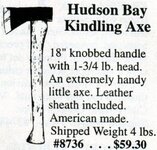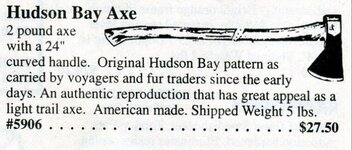baspinall
Bronze Member
- Jul 23, 2006
- 2,463
- 844
- 🥇 Banner finds
- 1
- Detector(s) used
- XP Deus
Minelab Equinox 800
GPX 4500
- Primary Interest:
- All Treasure Hunting
This axe was hanging in my garage my whole life growing up. Used it for various things as a kid. Just curious what anyone could tell me about it. My father had an extensive Indian artifact collection although I do not see this being Indian or trade related. Your thoughts?


![DSC_0051 [50%].JPG](/data/attachments/596/596696-e896887332ed078a0f7116086e8ff484.jpg)
![DSC_0050 [50%].JPG](/data/attachments/596/596725-dfcc4ff84b3473136f5e7a9d3a2d6411.jpg)
![DSC_0046_01 [50%].JPG](/data/attachments/596/596741-dc81692691611f544f724c0cb77badd0.jpg)
![DSC_0048 [50%].JPG](/data/attachments/596/596762-4cac1840c3ae0aed8946ca66290e516d.jpg)





